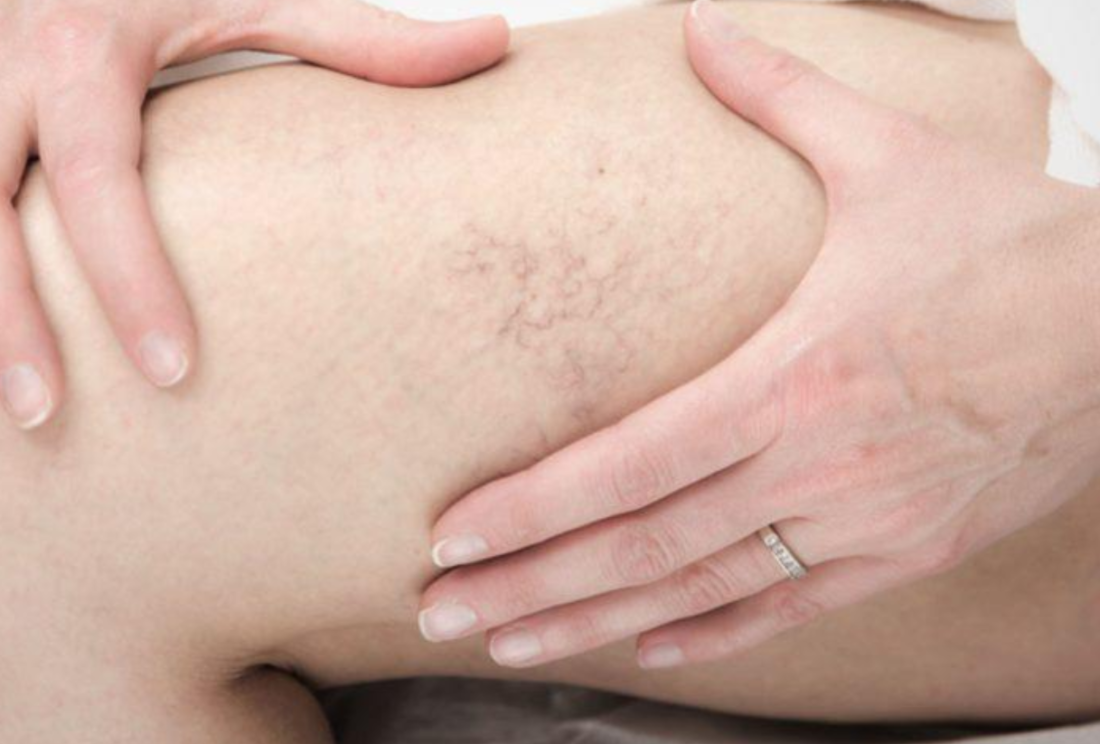Varicose veins are enlarged, swollen veins that appear closely on the surface of your skin, mostly the legs. For most people, varicose veins Glen Rock cause no bothersome symptoms, so treatment is mainly for aesthetic concerns. However, for others, varicose veins can cause pain, muscle cramps, swelling, and heaviness in the legs. These symptoms are usually severe during hot days or when you’ve been standing up for an extended period. Sometimes self-care measures like elevating legs and exercise are enough to alleviate the symptoms, but in severe cases, medical treatment is necessary.

What causes varicose veins?
Varicose veins develop when the small valves inside your veins are weak or damaged and don’t function properly. Usually, healthy veins have valves that open to allow blood flow to the heart and close to prevent backflow. But when these valves are weak, some blood pools in the veins, causing them to enlarge and twist. Some people are more likely to develop varicose veins than others; this may be due to certain factors such as:
Obesity
When you are overweight, your body exerts extra pressure on your veins which may damage the valves. Losing extra pounds and staying within a healthy weight can help lower your risk of varicose veins.
Age
Like most body structures, your valves wear and tear, and you advance in age. Eventually, the wear and tear weaken the valves, causing them to allow backflow of blood.
Pregnancy
The blood volume in your body increases up to 50% during pregnancy to support growth and development of the baby. While this is a positive change, it can cause undesirable side effects like varicose veins—most of the time, varicose veins that develop during pregnancy fade away after childbirth.
Sex
Varicose veins are a more common problem in women than men due to hormonal changes that occur before a menstrual cycle and during pregnancy or menopause. The female hormones tend to relax the vein walls, so some blood can pool into the veins. Oral contraceptives like the pill can also increase the risk of varicose veins.
Family history
You have a greater chance of developing varicose veins if a close family member like a parent or sibling has the problem.
Occupation
People with jobs requiring them to stand or sit for extended hours are likely to develop varicose veins. That is because sedentary positions do not promote blood flow.
Preventing varicose veins
You may not completely stop new varicose veins from forming or prevent existing ones from worsening, but these tips can help you reduce the symptoms.
- Watch your weight. Obesity puts you at risk for varicose veins, so you want to ensure you are at your ideal weight. Besides varicose veins, obesity is linked with serious illnesses like type 2 diabetes and hypertension.
- Exercise. Exercise strengthens your leg muscles, which are essential in helping your veins pump blood to the heart. Additional benefits of exercise include better mood and weight loss.
- Avoid standing or sitting for long hours. If you have to, take breaks and walk for a while to improve blood flow.
If you have unsightly veins in your legs, visit your doctor at Progressive Spine & Sports Medicine for treatment to avoid complications like leg ulcers.



